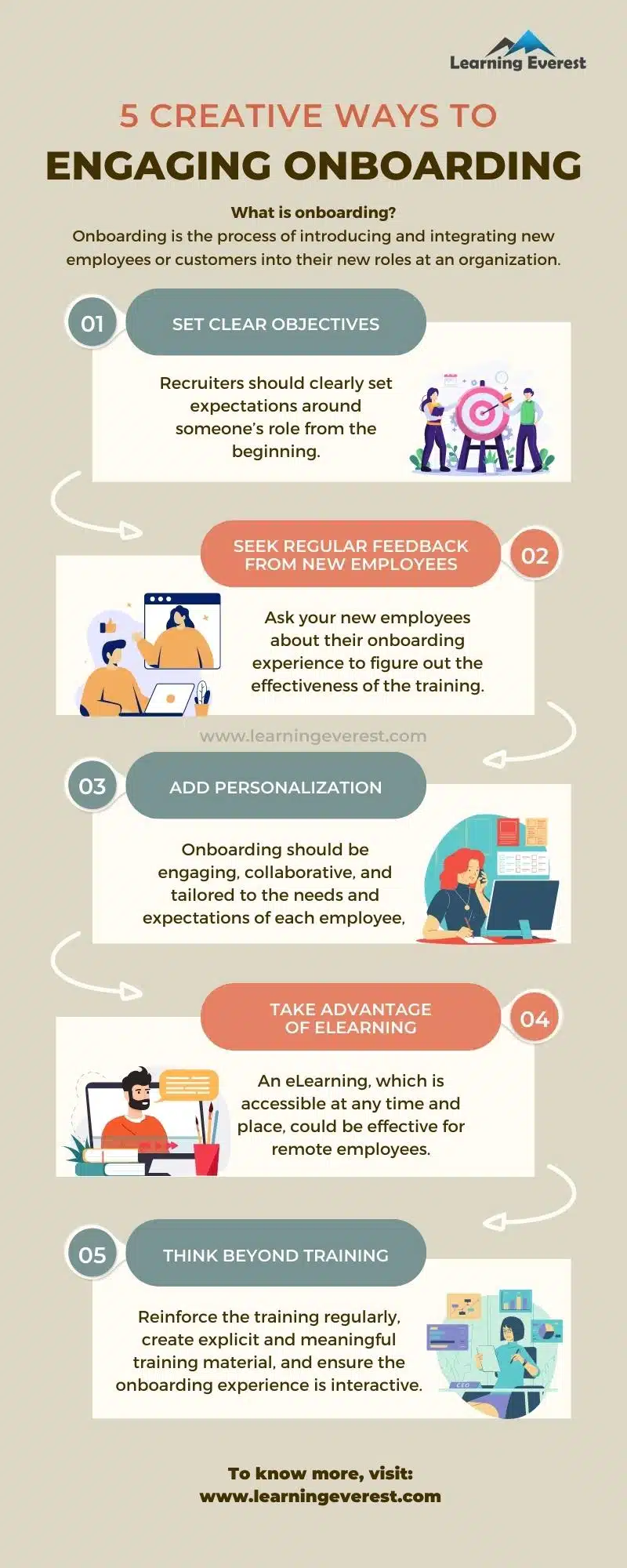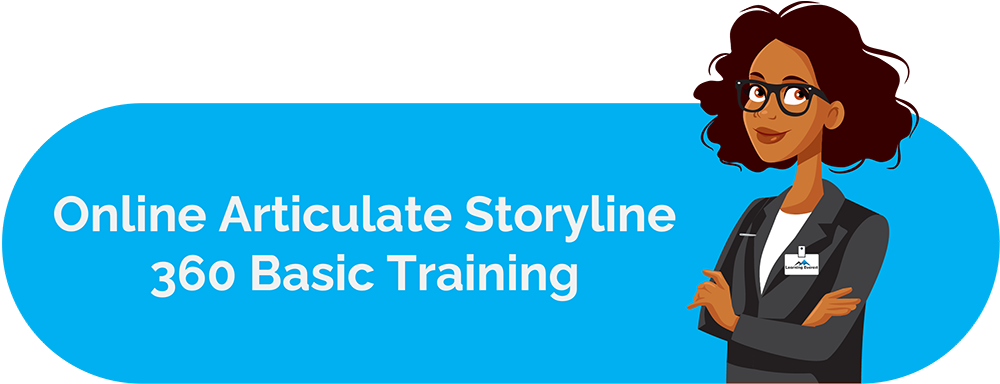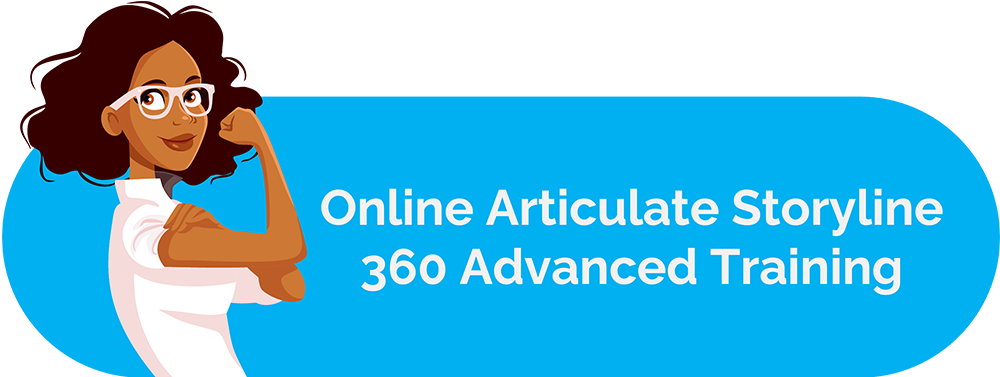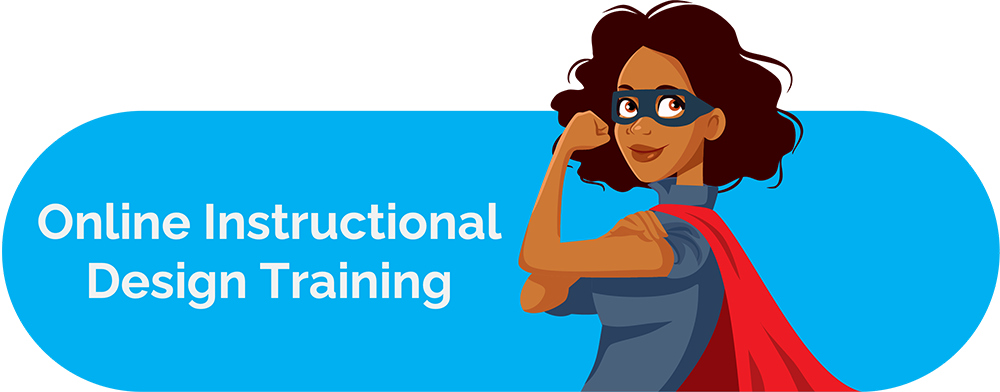Onboarding remote employees has become trickier than ever. This is especially true if you bring remote staff to your organization. So, to help, in this blog, we will run you through five critical tips for great remote onboarding. The tips are as follows:
Table of Contents
- 1. Set clear objectives
- 2. Seek regular feedback from new employees about their joining experience
- 3. Add personalization
- 4. Take advantage of eLearning
- Think beyond training
- Infographics
- Frequently Asked Questions (FAQs)
- What is onboarding?
- What is the purpose of onboarding?
- What are examples of onboarding?
1. Set clear objectives
Onboarding tends to fail when employees do not know how to define the training objectives because the organizational goals are unclear. Recruiters should be clear about setting expectations around someone’s role from the beginning and what they expect to happen in the near future. This allows you to set the right foundations and will likely help accelerate getting new employees up to the required performance level. It also gives each new hire a chance to comment, ask questions, and be part of their onboarding process.
2. Seek regular feedback from new employees about their joining experience
Ask your new employees about their onboarding experience to figure out what impression it gave of the organization and how that corresponded to their expectations, what questions they had that were left unrecognized, and how long it took them to feel familiar and able to fulfill their role. These are useful you can use to improve your onboarding strategy.
Good onboarding is all about steady progress over time. Therefore, make sure to check in with your new employees about their onboarding experience. Try to understand how the procedure is helping them, what’s working, and what needs work. By asking simple questions, you can make it easier for new hires to offer detailed and constructive feedback. This helps to increase new hire engagement and motivation. It also lets your new hires know you are paying attention and allows you to enhance the onboarding process by iteration – even remotely.
3. Add personalization
Every excellent onboarding process should be engaging, collaborative, and tailored to the needs and expectations of each employee that were made clear in their application, offer letter, and interview process. This also goes for remote onboarding.
While there are common components in the onboarding experience for every new hire, you need to offer customized learning paths that provide information and support for each role, and their learning needs to prepare them for their new job. While there is a lot of company info everyone needs to know, the impulse to make onboarding materials generic can often kill off the welcoming vibe required to make new hires feel important and part of the picture.
Be sure to drop in some targeted content around that person’s team or work location, and ensure there’s space for them to ask you questions and comment. Also, try to make your onboarding process collaborative. After great pre-boarding, the second most crucial step in remote onboarding is collaboration.
4. Take advantage of eLearning
An online approach to onboarding can create efficiency. With eLearning, the new remote employee can access content as needed without relying on recruiters’ schedules. A website, app, or portal made up of resources and media components important for onboarding, which is freely accessible in any order and at any time and place, could be effective. There are no ongoing or recurring functional costs for facilitators, venues, travel, or equipment. Risk can be reduced, and eLearning analytics can help keep compliance tracked.
Moreover, features like polling, rewards, badges, and progress trackers can be great ways to engage new employees more in the onboarding procedure and make them feel connected to the broader team and workforce. Onboarding is a subject where responsive design is worth doing. Make it easy for new employees by giving them access to just-in-case and just-in-time content when needed.
And if you are interested in this kind of solution, you can try Learning Everest!
Think beyond training
Finally, to provide remote onboarding, simply providing online training eLearning solutions is not enough. You need an eLearning development process that delivers excellent outcomes every time. In order to do so, you can use interactive eLearning scenarios or simulations. By leveraging audio-visual techniques as a reality, scenario-based learning transforms how learners used to learn hitherto and makes it an easily graspable form of eLearning. Scenario-based learning will keep the remote employees’ training experiential and practice-oriented.
You can also add elements of gamified learning to it to make it more engaging for the new employees. You can design an effective, efficient blend with face-to-face elements where they really add value.
Moreover, reinforce the training regularly, create explicit and meaningful training material, and ensure the onboarding experience is interactive, and you will be off to an excellent start. Identify the best methods to ensure that your new employees are fully engaged in the onboarding and learn why they are required, some of which we have discussed in this blog.
Now that we have explained the five steps to engaging remote onboarding, here are a few mistakes recruiters should avoid while onboarding! You can also read more on SHRM website.
Infographics
Frequently Asked Questions (FAQs)
What is onboarding?
Onboarding is the process of introducing and integrating new employees or customers into their new roles at an organization.
What is the purpose of onboarding?
Onboarding helps you bring new employees up to speed quickly and connect them with coworkers. It also ensures that the employees have the information they require or know where to get it and receive the training required to be successful on the job.
What are examples of onboarding?
Employee onboarding, user onboarding, customer onboarding, and client onboarding are a few examples of onboarding.






